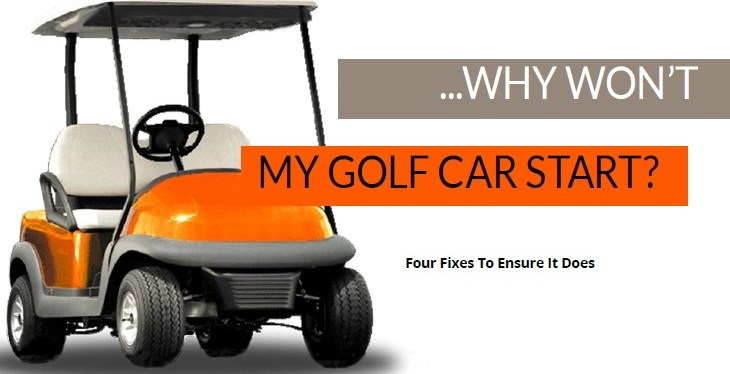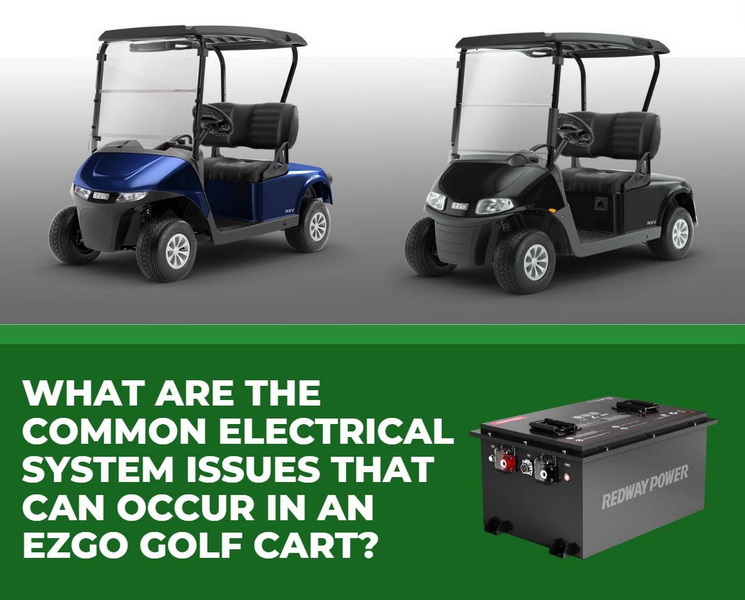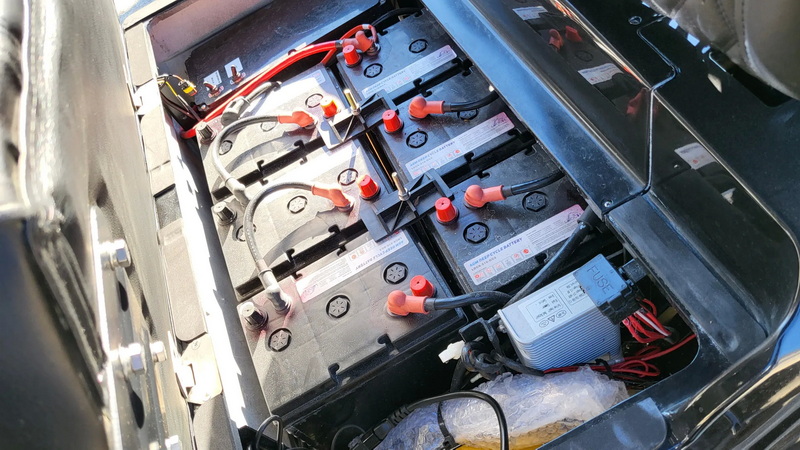Content Menu
● Understanding the Basics of Electric Golf Carts
● Common Reasons Why Your Electric Golf Cart Won't Move
>> Battery Issues
>> Loose or Damaged Wiring
>> Solenoid Problems
>> Motor Malfunctions
>> Ignition System Failure
● Additional Troubleshooting Steps
● Maintenance Tips for Your Electric Golf Cart
● Conclusion
● Frequently Asked Questions
>> 1. What should I do if my golf cart won't start at all?
>> 2. How often should I charge my electric golf cart?
>> 3. Can I fix my golf cart myself?
>> 4. How do I know if my battery needs replacing?
>> 5. What is the average lifespan of an electric golf cart battery?
Electric golf carts are a popular choice for golfers and recreational users alike, offering a convenient and eco-friendly way to navigate courses and neighborhoods. However, like any vehicle, they can experience issues that may prevent them from moving. If you've found yourself asking, "Why won't my electric golf cart move?" you're not alone. This article will explore the common reasons behind this problem, how to troubleshoot them, and provide solutions to get your cart back on the road.

Understanding the Basics of Electric Golf Carts
Electric golf carts operate using a battery-powered electric motor. Unlike gas-powered carts, they rely on electrical energy stored in batteries to function. When everything is working correctly, these carts can provide silent operation with minimal maintenance. However, several factors can lead to performance issues.
Common Reasons Why Your Electric Golf Cart Won't Move
Battery Issues
One of the most frequent causes of an electric golf cart not moving is battery-related problems. If the battery is dead or not holding a charge, the cart will not function.
- Signs of Battery Problems:
- The cart doesn't start.
- It loses power quickly.
- The battery takes longer to charge than usual.
- Solutions:
- Check for corrosion on battery terminals and clean them if necessary.
- Use a multimeter to test the voltage of the battery; it should read around 12.6 volts when fully charged.
- Ensure all connections are tight and secure.
Loose or Damaged Wiring
Loose or damaged wires can interrupt the electrical flow necessary for your golf cart to operate.
- Signs of Wiring Issues:
- The cart makes clicking sounds but does not move.
- There are visible signs of wear or damage on wires.
- Solutions:
- Inspect all wiring connections for tightness and security.
- Look for frayed or damaged wires and replace them as needed.
Solenoid Problems
The solenoid acts as a switch that connects the battery to the motor. If it fails, the cart will not move.
- Signs of Solenoid Failure:
- A clicking sound when trying to start the cart without movement.
- Intermittent starting issues.
- Solutions:
- Test the solenoid for continuity using a multimeter.
- Replace it if it shows signs of failure or damage.
Motor Malfunctions
If the motor is faulty, it may prevent your golf cart from moving despite having a charged battery.
- Signs of Motor Issues:
- The cart runs erratically or surges.
- Unusual noises coming from the motor area.
- Solutions:
- Inspect the motor for physical damage or overheating.
- Check and replace worn motor brushes if necessary.
Ignition System Failure
A malfunctioning ignition system can also prevent your golf cart from starting.
- Signs of Ignition Problems:
- No sound when turning the key.
- The dashboard lights do not illuminate.
- Solutions:
- Verify that the battery is charged and functioning properly.
- Test the ignition switch for continuity; replace if defective.

Additional Troubleshooting Steps
If your golf cart still won't move after checking these common issues, consider these additional troubleshooting steps:
- Check Tire Pressure: Ensure that tires are properly inflated; under-inflated tires can hinder movement.
- Inspect Speed Controller: A faulty speed controller can limit power delivery to the motor.
- Examine Brake System: If brakes are stuck or malfunctioning, they may prevent movement even if other systems are functioning correctly.
Maintenance Tips for Your Electric Golf Cart
To prevent future issues with your electric golf cart, regular maintenance is essential:
- Battery Care: Regularly check water levels in batteries (for flooded types) and keep terminals clean from corrosion.
- Wiring Inspections: Periodically inspect wiring for signs of wear or damage, especially before long trips.
- Motor Servicing: Have your motor serviced regularly to ensure optimal performance and longevity.
Conclusion
Understanding why your electric golf cart won't move is crucial for effective troubleshooting and repair. By checking common issues such as battery health, wiring integrity, solenoid functionality, motor condition, and ignition system status, you can often identify and resolve problems quickly. Regular maintenance will help keep your golf cart in good working order and extend its lifespan. If problems persist after troubleshooting, it may be wise to consult a professional mechanic specializing in electric vehicles.

Frequently Asked Questions
1. What should I do if my golf cart won't start at all?
Check the battery connections first; ensure they are clean and secure. Then test the battery voltage with a multimeter. If everything seems fine but it still won't start, inspect the ignition switch and solenoid for issues.
2. How often should I charge my electric golf cart?
It's best to charge your golf cart after every use to maintain battery health. Avoid letting the battery discharge completely before recharging.
3. Can I fix my golf cart myself?
Many common issues can be fixed by yourself with basic tools and knowledge. However, complex problems like motor failures may require professional assistance.
4. How do I know if my battery needs replacing?
If your battery fails to hold a charge or shows signs of corrosion that cannot be cleaned effectively, it may be time for a replacement.
5. What is the average lifespan of an electric golf cart battery?
Most electric golf cart batteries last between four to six years with proper care and maintenance.










































